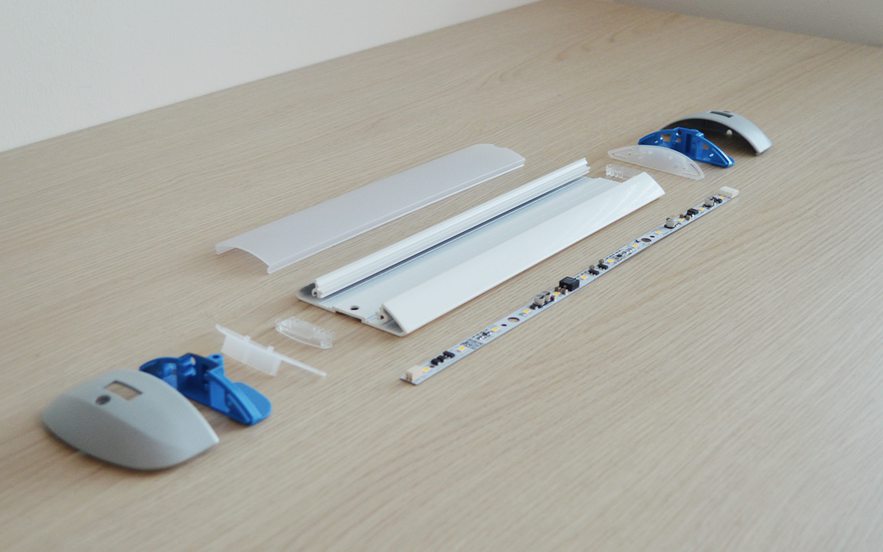Use this technique to make your designs more sustainable.
Sustainability is an important topic. Niels previously wrote his view on sustainable design and how we deal with it during the development of our products. He advocates designing products in such a way that they have a long life cycle, instead of forcedly making products from a biodegradable material that causes the function to deteriorate. But there are other techniques that we as designers can apply to make the products of the future more sustainable and therefore better for the world.
One of the techniques to extend the life cycle of a product is the Design For (Dis)Assembly design method. Which means that you let your product consist of several parts that are attached by means of non-permanent techniques. The product can therefore be assembled and disassembled. The advantage of this technique is that if one of the parts is damaged, you as a user only have to replace or repair this part and you do not have to replace the product in its entirety.
By avoiding permanent attachments such as gluing, welding and soldering, you as a producer have more control over the quality of your product and you create little or no emissions during the production process. But pop rivets or staples, for example, are not a long-term solution either. Filling screw channels or purging cracks is also in line with Design For (Dis)Assembly as far as we are concerned. These are often quick and easy solutions to make a product watertight or more aesthetically pleasing, but in the long run it shortens the product life cycle. To solve these kinds of challenges, we use alternatives such as cover (rubber) profiles or molding caps. This provides an extra part in your parts list, but will pay for itself in assembly time, quality of your product and reparability.

However, this does not mean that standard fasteners such as screws, bolts and nuts can be used just about anywhere. These releasing compounds also have disadvantages. Aesthetically it is less appealing and you will have to retighten them every so often. During product design it is a challenge to look for other non-permanent fasteners, for example by using a click design or dividing the parts of the product differently.
Suppose we are moving towards a world in which waste separation will become economically viable and we can take all our waste streams to a processing centre. Then Design For (Dis)Assembly is also a great advantage. Because the parts consisting of different materials can be taken apart again and separated in the right way, they can be recycled. It is the job of the designer to think about these kinds of trends during development. By adding these kinds of methods to our toolbox, we can always look for sustainable solutions of high quality.
This article was written by Els ter Haar. Els is an industrial designer and visualizes the products at Fabrique Invent.
Sustainable design does not exist.
How is constantly developing new products sustainable?
Modular design in practice.
Our senior engineer Mike explains how we design in a modular way and think along with our customers.
The known paths and beyond.
The design process explained with climbing a mountain as a metaphor.